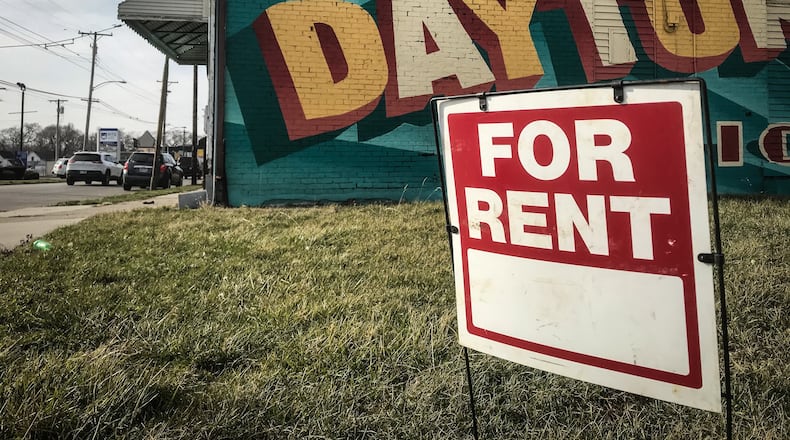Here are five key takeaways from that investigation:
1. Average rent in most Dayton suburbs is up over last year, according to data from Rent.com, an apartment search engine and online marketplace. Rent for a two-bedroom apartment in Fairborn last week was $1,145, up 25%. Rent for a one-bedroom is up 10% and 9% in Beavercreek and Kettering, respectively.
2. The median sales price for a home in the Dayton area went from $184,813 in 2021 to $201,286 in 2022, an 8.9% increase, according to data from Dayton Realtors. The average sales price for a home went from $217,954 in 2021 to $237,927 in 2022, an 9.2% increase.
3. Average weekly private-sector earnings in the Dayton Metro Area increased to $1,034 by December, a 1.9% increase, which is just $19 more weekly compared to $1,015 a week in December 2021, according to data released last month by the Bureau of Labor Statistics.
4. Experts and area residents say Dayton still ranks among the more affordable places to live compared to other metro areas, but with wages growing slower than rent and home prices, pressure is increasing particularly on low-income renters and first-time homebuyers.
5. Proposed solutions include several proposed state tax credits to encourage creating more workforce housing.
What do you think should be done to improve keep the Dayton region affordable? Take our survey below.


